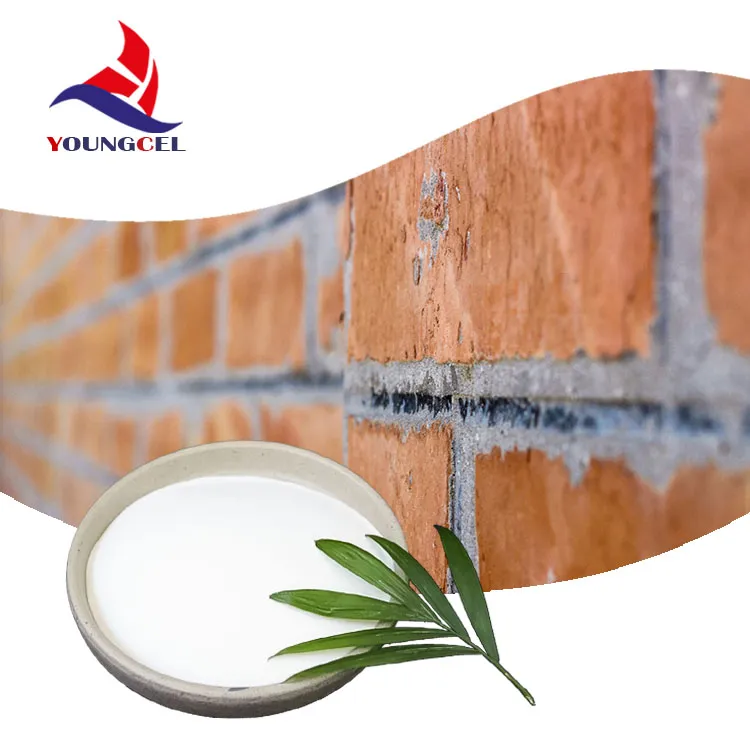The Versatility of Cellulose Polymer Nature's Renewable Resource
Cellulose is one of the most abundant organic polymers found in nature, primarily serving as a structural component in the cell walls of plants. As a polysaccharide composed of linear chains of D-glucose units, cellulose stands out not only for its natural origin but also for its diverse applications across various industries. In recent years, the interest in cellulose polymer has surged due to its renewable characteristics and environmental benefits, making it a crucial player in the quest for sustainable materials.
Structure and Properties
Cellulose is made up of long chains of glucose molecules linked together by β(1→4) glycosidic bonds. This unique bonding configuration allows for extensive hydrogen bonding between adjacent chains, leading to the formation of a rigid and insoluble structure. The crystalline nature of cellulose contributes significantly to its mechanical strength, making it an ideal material for providing rigidity and support in plant life.
The properties of cellulose can be modified through various chemical and physical processes. For example, when cellulose is treated with specific reagents, it can form derivatives such as cellulose acetate or carboxymethyl cellulose, which exhibit different solubility and functional characteristics. This versatility expands the functional applications of cellulose beyond its natural state, allowing it to be tailored for specific uses across multiple sectors.
Applications
1. Textiles and Clothing One of the most well-known uses of cellulose is in the textile industry. Regenerated cellulose fibers, such as rayon and lyocell, are derived from natural cellulose and are used to manufacture clothing and home textiles. These fibers offer breathability, softness, and comfort, making them popular choices in fashion.
2. Food Industry In the food sector, cellulose serves not only as a source of dietary fiber but also as a functional ingredient. It can act as a thickener, stabilizer, and emulsifier in various products, contributing to texture and consistency. Additionally, cellulose's ability to absorb water and retain moisture is exploited in food packaging, keeping products fresher for longer.
'cellulose polymer'

3. Pharmaceuticals The pharmaceutical industry has harnessed cellulose in several ways. Its derivatives are often used as excipients in drug formulations, aiding in the delivery and absorption of active ingredients. Moreover, cellulose's biocompatibility and non-toxicity make it a favorable choice for biomedical applications, including drug delivery systems and wound dressings.
4. Nanotechnology Recent advancements in nanotechnology have opened new doors for the use of cellulose. Cellulose nanofibrils and nanocrystals are being explored for their unique properties at the nanoscale. These materials exhibit exceptional mechanical strength and lightweight characteristics, making them suitable for applications in composite materials, electronics, and biomedical engineering.
5. Bioplastics With the growing concern over plastic waste, cellulose is emerging as a promising alternative for biodegradable materials. Cellulose-based bioplastics can be produced from renewable resources, reducing dependency on fossil fuels. These bioplastics can decompose naturally, thereby minimizing environmental pollution and promoting sustainability.
Environmental Impact
The advantages of cellulose polymer extend beyond its applications; its environmental benefits are equally significant. Being derived from plants, cellulose is renewable and biodegradable, making it an ecologically responsible choice compared to conventional petroleum-based polymers. The cultivation of cellulose sources like cotton and wood involves carbon sequestration, contributing positively to the environment.
Moreover, innovations in cellulose processing are focused on minimizing energy consumption and waste production. Sustainable practices in the production of cellulose derivatives aim to reduce the environmental footprint associated with their production, thereby aligning with global sustainability goals.
Conclusion
The cellulose polymer presents a remarkable intersection of nature and technology. Its inherent properties, combined with the potential for modification, allow it to serve multiple industries in diverse ways. As we continue to face environmental challenges, cellulose stands out as a sustainable alternative that can help bridge the gap between material innovation and ecological responsibility. Its versatility guarantees that cellulose will remain a key player in the development of sustainable materials for the future.
-
Rdp Powder: Key Considerations for Wholesalers in the Building Materials IndustryNewsJul.08,2025
-
Key Considerations for Wholesalers: Navigating the World of Hpmc - Based ProductsNewsJul.08,2025
-
Hpmc Detergent: Key Considerations for WholesalersNewsJul.08,2025
-
Key Considerations for Wholesalers: China Hpmc For Tile Adhesive, Coating Additives, Concrete Additives, and MoreNewsJul.08,2025
-
Crucial Considerations for Wholesalers: Navigating the World of Construction MaterialsNewsJul.08,2025
-
Key Considerations for Wholesalers Sourcing Additive For Cement, Additive For Concrete, Additive For Putty from Additive Manufacturer Shijiazhuang Gaocheng District Yongfeng Cellulose Co., Ltd.NewsJul.08,2025




